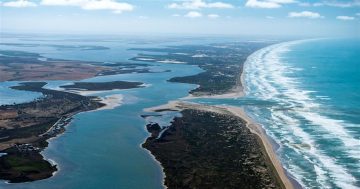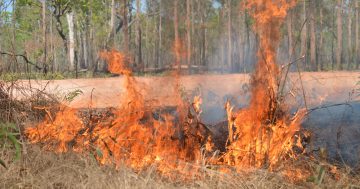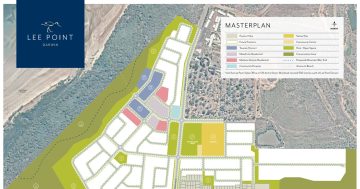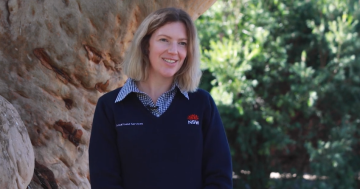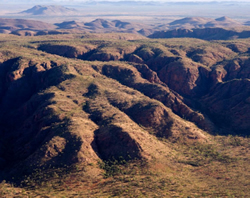 The Department of Climate Change, Energy, the Environment and Water (DCCEEW) is inviting for feedback on draft principles to help recognise and protect more of Australia’s iconic landscapes.
The Department of Climate Change, Energy, the Environment and Water (DCCEEW) is inviting for feedback on draft principles to help recognise and protect more of Australia’s iconic landscapes.
Opening consultation, the Minister for the Environment and Water, Tanya Plibersek said the principles would guide which areas could be formally recognised for their contribution to nature conservation.
“The framework, once finalised, will support recognition of biodiversity conservation outside formal protected areas like national parks and Indigenous Protected Areas,” Ms Plibersek said.
“Government has set a target to protect and conserve 30 per cent of our land and 30 per cent of our oceans by 2030,” she said.
“This new approach to conserving land will play a part in helping us reach this target.”
Ms Plibersek said to be recognised, conservation areas, or other effective area-based Conservation Measures (OECM) must have important biodiversity values and the owners must commit to maintaining these values in the long-term.
She said this would always be voluntary and areas would only be recognised with the landowner’s consent.
“This framework is part of a global initiative,” the Minister said.
“Other countries such as Canada and South Africa have already established national processes for recognising and reporting other effective area-based conservation measures,” she said.
“As of June 2022, there were 775 other effective area-based conservation measures across nine countries.”
Ms Plibersek said there were a variety of ways that conservation recognition could work.
“For example, a private landholder who holds a large block of land next to a national park that is habitat for endangered species could have the area recognised as part of our national conserved areas estate,” she said.
“Once finalised, the new framework will guide landholders on how to meet requirements to achieve OECM recognition.”
DCCEEW’s 18-page consultation paper can be accessed at this PS News link.



